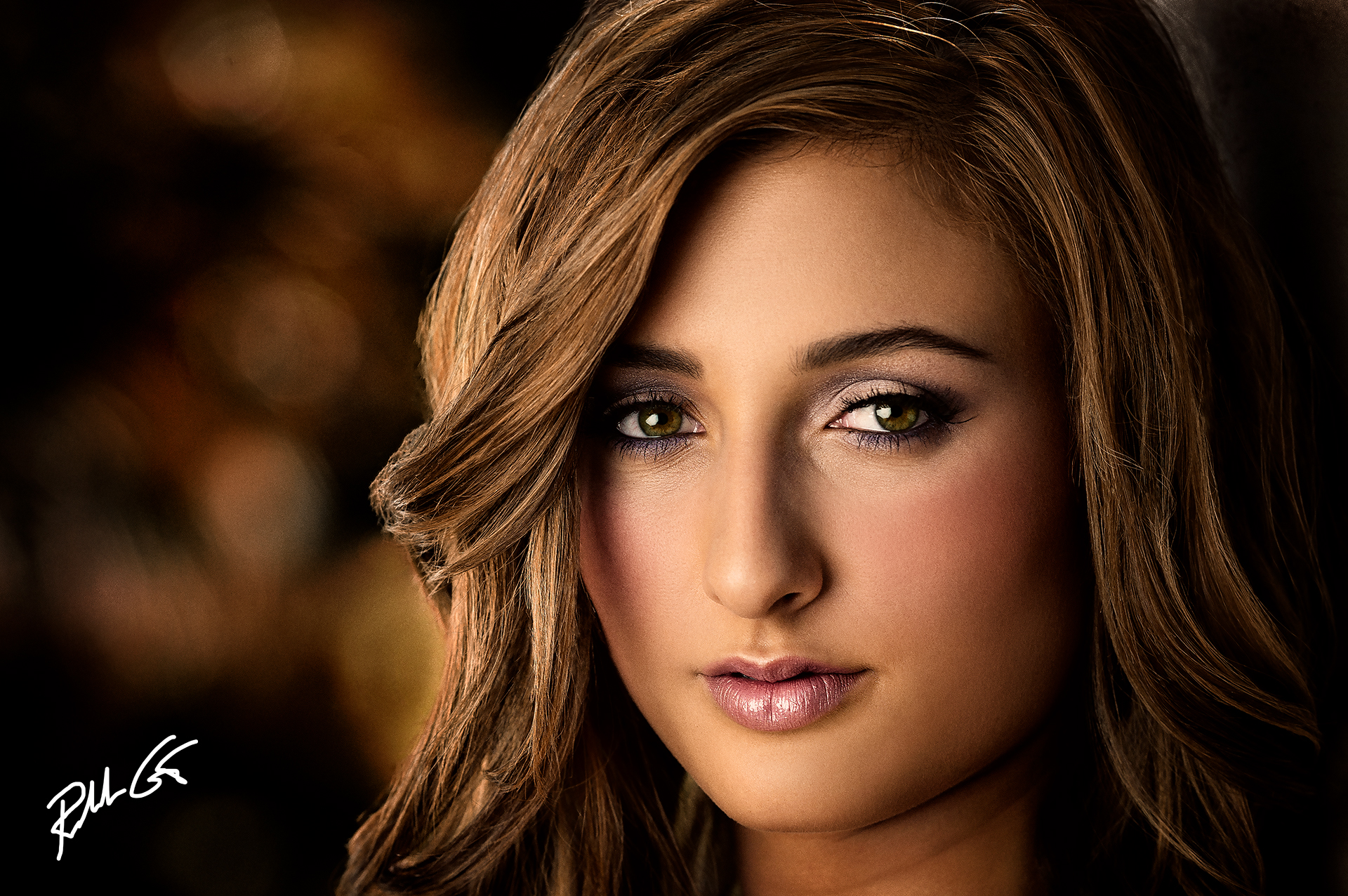Often people tell me photographers have it easy, just click and they’re done. I remind them it’s about the fundamentals, concepts, and principals of photography plus the processes that it takes to create great photos. So here are some photography process tips to make your photos better:
Avoid Hesitation
As Wayne Gretzky once said, “You miss 100-percent of the shots you don’t take.“

There are many photography process tips to make your photos better, but more important, you have to apply the fundamentals, concepts, and principles of photography to these processes.
Photography is no different, hesitate in the execution of the process and you’ll only be able to talk about the moment that you should’ve captured as a visual storyteller.
Unfortunately, many photographers do hesitate because they aren’t comfortable with their subject’s pose or perhaps don’t understand composition and cropping in order to create a great image. Some don’t even know why to choose one lens over the other or the proper ISO for the greatest impact. When you learn and master the fundamentals, concepts, and principles of photography you’ll shoot with confidence and avoid hesitation.
Depth of Field
When you’ve decided on your correct exposure, you must consider the correlation of the shutter speed with the aperture setting so you can capture your scene correctly. Whether you’re after depth-of-field or bokeh, the mere switch from a wide-angle lens to a telephone lens will affect the desired depth of field effect. While the selected aperture affects depth-of-field, focal-length does too.
Under the Rule of Stops, aperture selection will impact the shutter speed and you have to decide if the shutter speed is proper for the situation. This is answered once you determine the value of the action for the final photograph. Understanding those correlations determines exposure and sets the tone of the image too.

Communication, composition, cropping, lighting and other processes were used to capture this image.
Composition
Through composition you can determine the impact of a photo. While following the Rule of Thirds can help insure a better photograph overall, learn the compositional rules then learn to break them. For example, it’s a well-known compositional rule in photography not to center your subject, but by using leading lines that direct you to the center, the rule is easily broken.
Look for lines to draw the viewer into your photo. Lines like inherent, implied, or imaginary or the natural S-curves formed by the body can make a difference. Even lines formed by geometric shapes, like when the body forms triangles, are key for creating photos with great impact and this can also help you to direct poses for your subject.
Cropping
While composition can affect impact in an image, so does cropping. Some consider cropping as part of composition, but I like to look at composition as the frame of the entire photo and the crop as the frame of the subject.
As an example, in glamour photography there are four main crops of the body, full-length, three-quarter, bust-up and the headshot. Whereas in fashion photography, the crop is geared toward the clothing the model sports and the crop of her body is secondary — often fashion photography crops violate the four fundamental cropping points for glamour photography. The model is the coat-hangar in fashion photography that accentuates the garments while the clothing is what accentuates the model in glamour photography.
Lighting
There is a difference between correct exposure with your camera settings and correctly lit photos. For example, a sure sign of an amateur photographer in portrait photography is a shadow on both sides of the nose — there is only one main light, not two!
It’s imperative that a photographer lights a scene, subject and other elements within the photograph properly. Thought, that’s not to say the photographer can’t work solely with ambient, natural light either, and don’t hesitate to use photography reflectors. Lighting is the lifeblood of the image! Without light the photographer has nothing.
Communicate to Your Audience
Photographers need proficiency in communication. Whether you’re photographing landscapes or people, you’ve got to communicate with your audience, not just your subject.
For example, a cliché photo many photographers take is a model as she relaxes in a tub filled with bubbles, surrounded by candles as she holds a wine glass. All it takes is a second glass of wine placed somewhere in the foreground or background to make the audience feel like they are there with her or that she’s waiting on someone.
Communicate to Your Subject
Tell the story, don’t be cliché! Now that’s communication to your intended audience, but when you photograph subjects, great communication to your subject is imperative. Photographers must know what, where, when and how to communicate the proper things to their subjects in order to get the perfect harmony between the corners of the eyes and the corners of the mouth for that perfect smile.
Photographers must also realize communication to a subject is both verbal and non-verbal. As an example, chimping the camera then demonstrating with your bodily movements you’re not satisfied with the image because the lighting is wrong, might convey to the subject that you don’t like her photogenic qualities. Body language is just as powerful as voice, but remember, subjects can’t read your mind. Communicate!

No matter how photography processes you must go through to capture an image, you still have to get it right in the camera.
White Balance
When digital cameras were first introduced many photographers noticed their “golden hour” disappeared because they didn’t understand white-balance. Please don’t say, “I shoot RAW,” because I’ll simply say, “Get it right in the camera first!”
RAW was originally invented because still photographers didn’t understand white balance when digital photography gained popularity. It basically acted like the idiot lights in a car that replaced gauges only experienced drivers understood. Don’t get caught up on the marketing hype of RAW as there are hundreds of versions of RAW formats, even within the same camera manufacturers.
Now white balance is a rather large topic, so rather that rewrite it here, please check out my past photography tip: Photography White Balance Techniques.
Conclusion
I’ve only covered eight photography process tips to make your photos better out of many processes that professional photographers consider before they release that camera shutter. Professional photographers also understand that the concepts, fundamentals, and principles of photography matter too, and you can find them here at the SUNBOUNCE photography tips section. Enjoy them and please share them with your friends and followers on social media too. It’s all about spreading the gospel of photography. Thanks!



